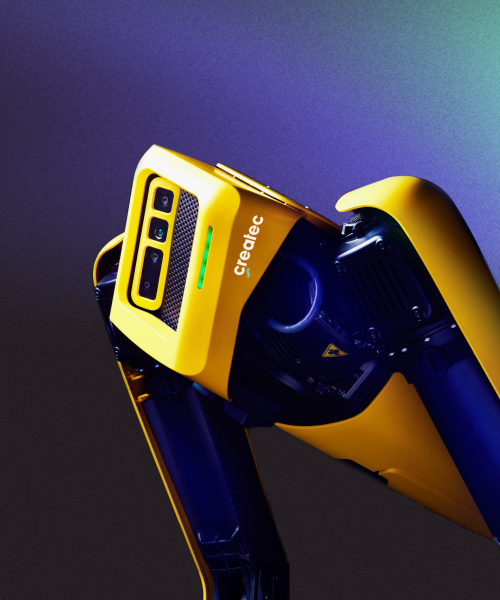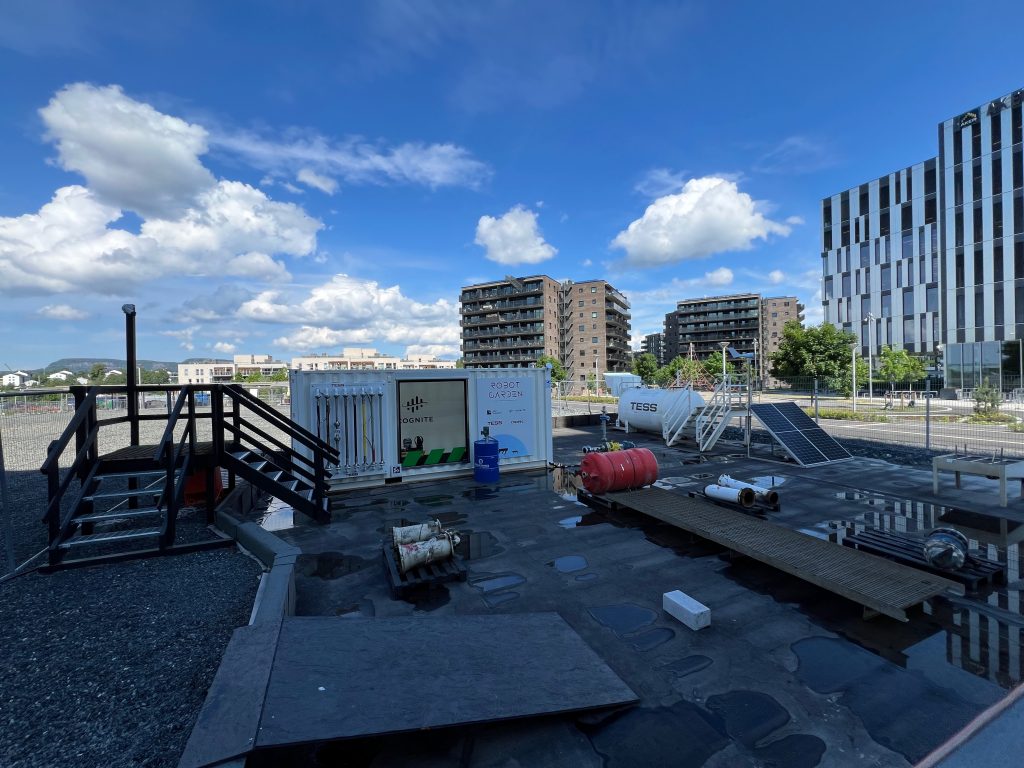Using AI and Robotics to Improve Teleoperation Experience
Our customer is a large R&D lab looking to accelerate the discovery and delivery of new chemical compounds. The current human-led processes can be time consuming, repetitive, and hazardous as new routes for the construction of materials are tested.
The Challenge
Robotic teleoperation, where a user can operate a robot to perform tasks remotely, can be used to reduce human presence in such hazardous environments. Traditional fully manual teleoperation interfaces require high levels of concentration and can be difficult to operate, resulting in inaccuracies or long operation times. We’re looking for a way to semi-automate this process so that it’s easier and safer for the chemist to control, especially when it comes to doing delicate tasks in chemistry labs. The solution needed to be general purpose, as each new compound may require novel approaches and measurement techniques. Moreover, the solution needs to be suited for a non–roboticist user.
Our Solution
We’ve expanded upon our tried and tested robotic teleoperation system with the addition of AI-based user assistance allowing the AI to augment human controls and make teleoperation effortless, as if playing in a videogame. Similar to lane-keeping features for cars, our solution allows the chemist to go about their tasks as they would, the AI assistance handling changes to the robot’s movement to provide a more intuitive user experience. The level of autonomy is tunable and configurable to achieve maximum precision, speed, and user comfort.
The Results
Our tests reveal how tedious tasks like picking and placing objects with robotic arms can be dramatically speeded up thanks to our semi-automated solution, significantly alleviating the complexity of operating a robot with many more joints than the human arm, with 6 and 7 degrees of freedom. Degrees of freedom refers to the number of joints that the robot has.
Instead of struggling to achieve the correct positioning for optimal grasping, our solution allows the operator to work as they would in the lab, with the AI making small adjustments when needed and giving back full control at any time to the operator when requested.
Phase two of the project is now in development, the capabilities of the AI assistance continue to be trained to provide better assistance to the user. We’re also adding the ability for historical operation data to be reviewed after the fact through a web-based database app. This will allow the user to compare the results of experimental runs and identify best reaction paths through data driven analysis.

CAPABILITIES
Robotics
We're global leaders in applying robotics to industrial challenges, helping you to work safer, smarter, and faster than ever before.

CAPABILITIES
Artificial Intelligence
From redefining what autonomous agents and robots can do to pioneering assistive teleoperation and advanced 3D understanding, we can help you navigate the future of AI.
Read more of our insights...
Createc Partners with Curtiss-Wright to Drive Innovation in the U.S. Nuclear Sector
Createc Partners with Curtiss-Wright to Drive Innovation in the U.S. Nuclear Sector We’re delighted to…
Createc Joins Forces with Cognite and Aker Solutions to Launch Innovative Robot Garden
Createc Joins Forces with Cognite and Aker Solutions to Launch Innovative Robot Garden We’re excited…
Innovative Robotics Partnership Enhances Safety at Equinor’s Mongstad Facility
Innovative Robotics Partnership Enhances Safety at Equinor’s Mongstad Facility Developed with Cognite and Adigo, the…



